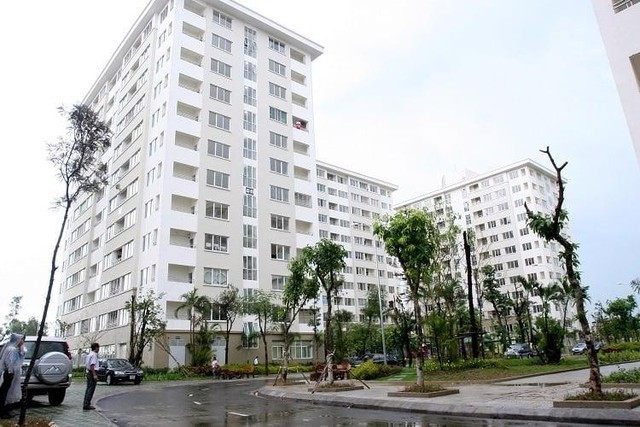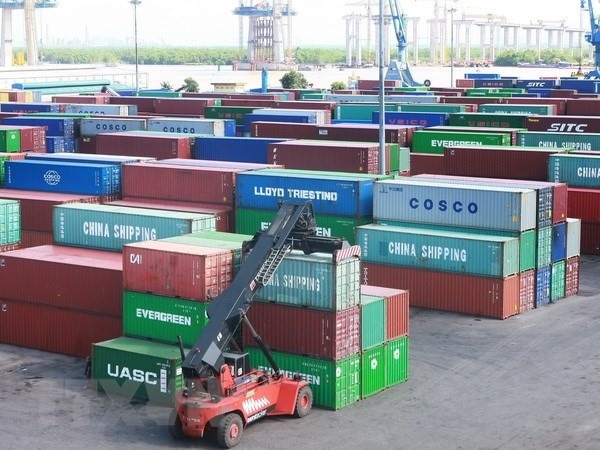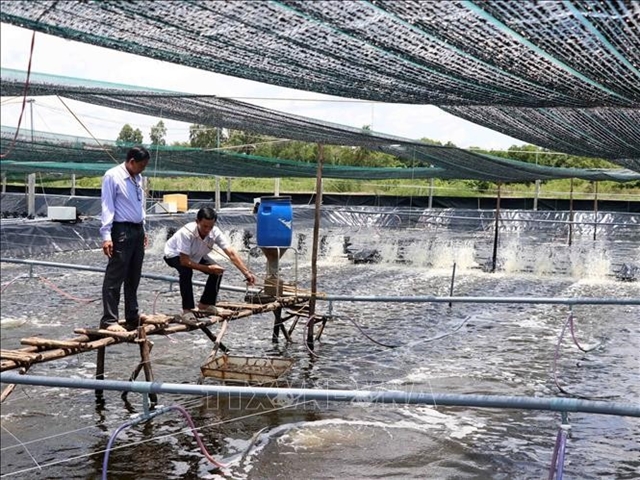 Society
Society

Thousands of containers containing recyclable used materials are now pilling up at seaports in coastal localities of Hải Phòng, HCM and Bà Rịa – Vũng Tàu, reducing productivity and efficiency of ports’ operation and negatively affecting export – import activities of Vietnamese enterprises.
 |
| Containers are gathered at Đình Vũ Port in Hải Phòng City. — VNA/VNS Photo Lâm Khánh |
HẢI PHÒNG — Thousands of containers containing recyclable and used materials are piling up at seaports in the localities of Hải Phòng, HCM City and Bà Rịa–Vũng Tàu, reducing the productivity and efficiency of ports’ operations and negatively affecting the import-export activities of Vietnamese enterprises.
According to the report issued by the Việt Nam Maritime Administration, by the end of May, nearly 28,000 containers were stuck at seaports, including nearly 6,800 containers in
The main causes, the administration supposes, are changes in international trade policies which create uncertainties in the market forecast.
Those containers usually contain wire cables, used machines, fertilisers, agricultural products, textile materials and used aluminum.
The Vietnam News Agency cited logistics companies saying that a huge volume of used plastics and paper will continue pouring into Vietnamese seaports in the near future as shipping contracts have been signed and goods are already on their way to the country.
This is predicted to create a severe threat to the environment as well as a huge financial burden on the State budget to destroy the waste. It will also cause congestion at seaports in Việt
“Enterprises will be forced to move containers from one place to another frequently, and in the worst scenario, they will have to move the containers to inland container depots (ICDs). If this occurs, it will cost more to port owners, customers and shipping companies,” said Nguyễn Xuân Sang, director general of the Việt Nam Maritime Administration.
Recently, customs departments of cities and provinces have tasked their sub-agencies to tighten management over goods containers.
“Owners of those containers are responsible for presenting the necessary documents at the ports to receive their goods. Inspections are also being conducted to detect and handle any legal violations.
"In case a container has been kept in the port for more than 90 days, the port authorities can have the container opened to destroy environmentally harmful goods,” Sang added.
To restrict the transport of used goods to Việt
Moreover, the administration asked for the collaboration of the Ministry of Transport, the Ministry of Finance, Ministry of Industry and Trade and the Ministry of Natural Resources and Environment to come up with solutions to counter container stagnation.
Responding to the demand, the MoT asked the MoF to help free containers stuck at seaports to prevent cargos from piling up as soon as possible. — VNS




